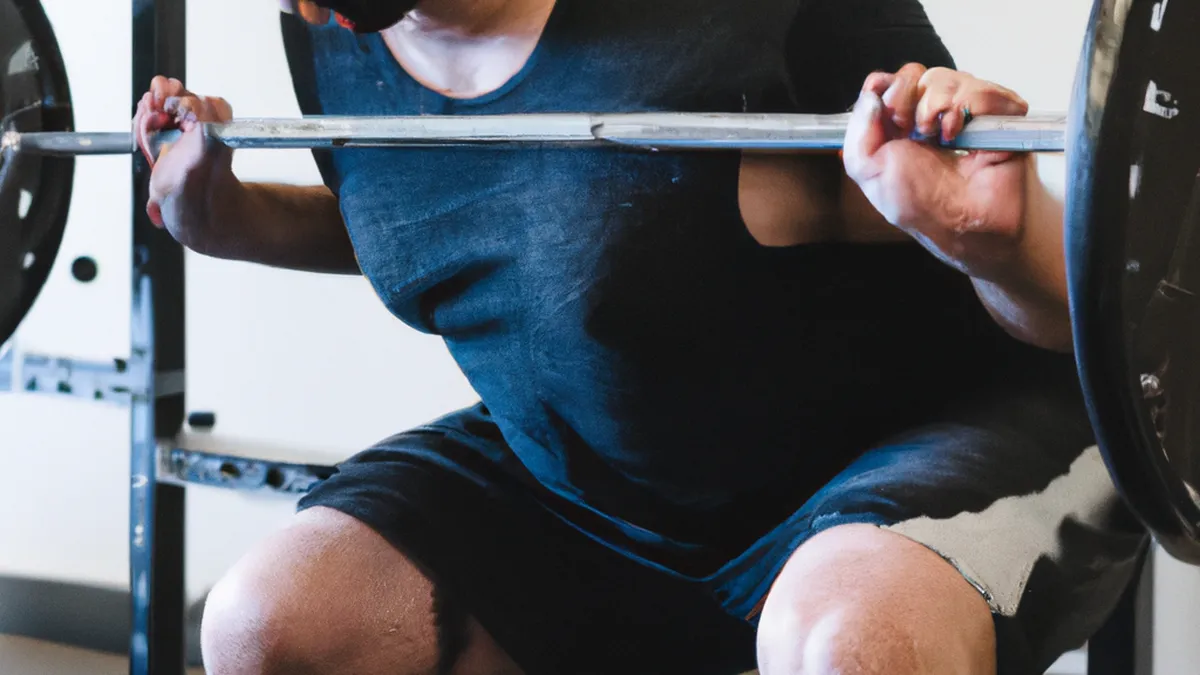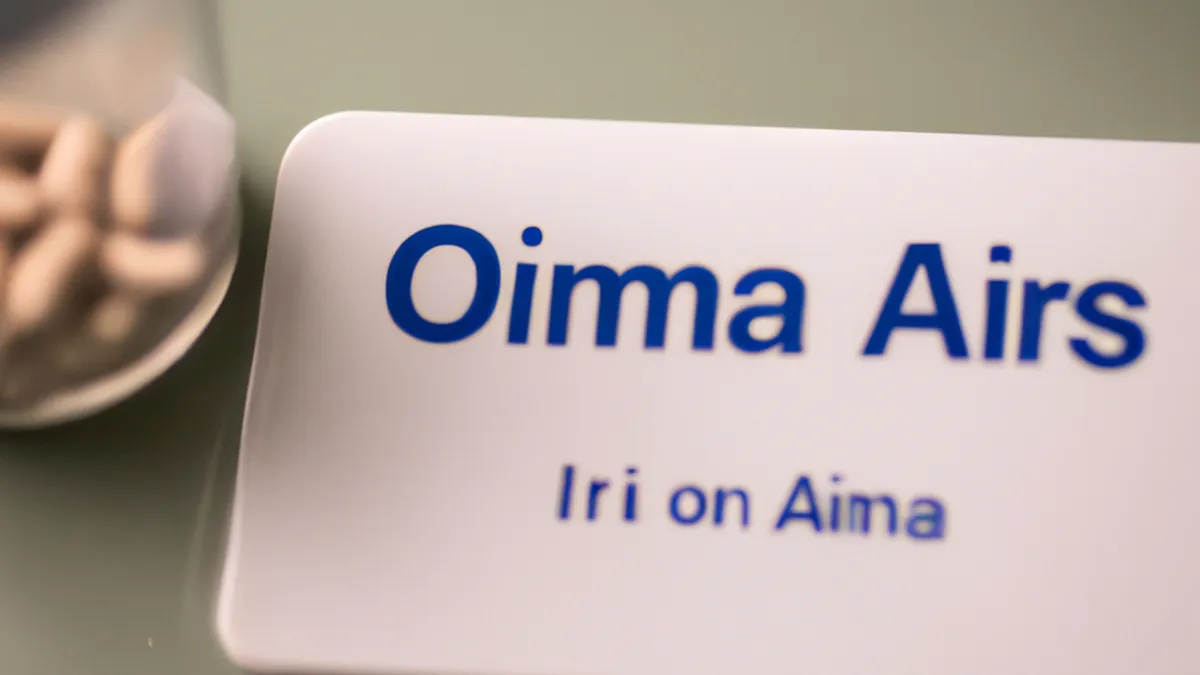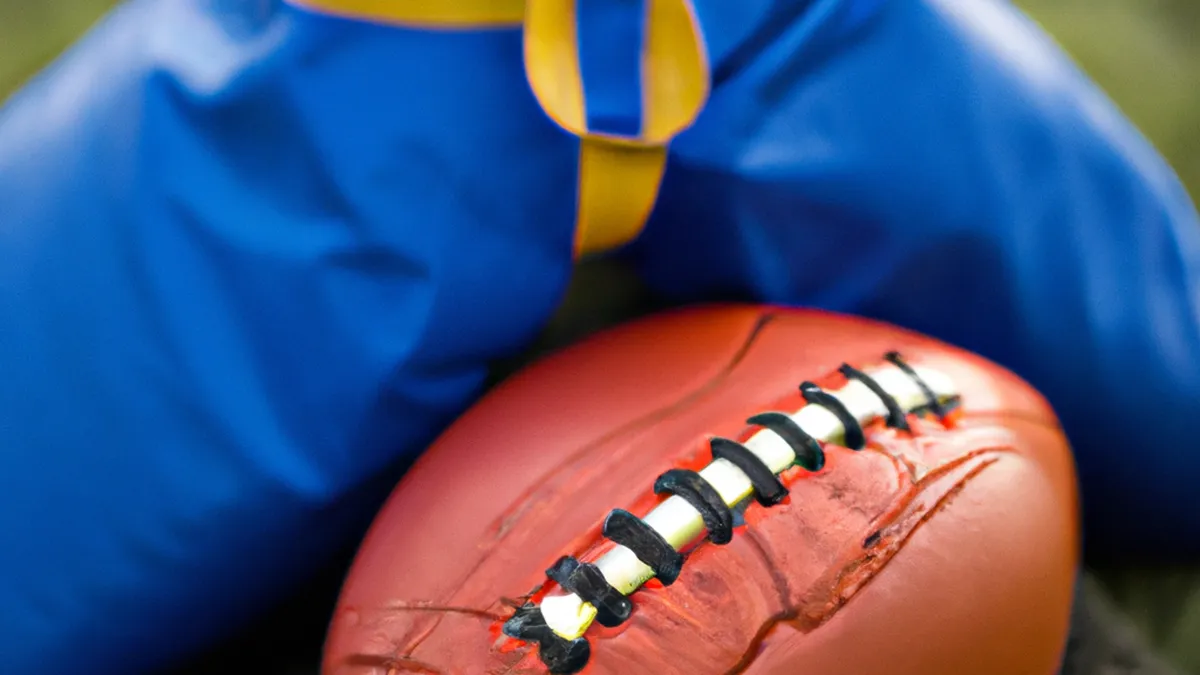Box Jumps vs. Depth Jumps: Which Wins?
Using Plyometrics to Improve Tactical Agility in Team SportsPlyometrics is a powerful training method that enhances athletic performance in team sports. Athletes often need rapid direction changes and quick movements to succeed. Incorporating plyometric exercises into your training can improve tactical agility. This improvement allows you to outmaneuver opponents and elevate your performance. This article explores plyometric principles, effective training incorporation, and the benefits for team sport athletes.
What Are Plyometrics?
Plyometrics, or “jump training,” consists of explosive movements that utilize the stretch-shortening cycle. This cycle involves a rapid muscle stretch followed by immediate contraction, promoting powerful explosive movements. Common plyometric exercises include jump squats, box jumps, burpees, and lateral bounds. Engaging fast-twitch muscle fibers and the neuromuscular system increases muscle power, speed, and overall athletic performance. This training method is vital for athletes in team sports.
Tips for Incorporating Plyometrics
As an Amazon Associate I earn from qualifying purchases.
Gear tip: consider stretching strap, yoga blocks, and resistance bands set to support this topic.
1. **Start Slowly**: Newcomers should begin with basic exercises to build a strong foundation. Start with lower-intensity movements like jump squats or vertical jumps. Gradually progress to more complex exercises as your body adapts.2. **Focus on Form**: Proper technique is crucial for effectiveness and safety in plyometric exercises. Poor form can lead to injuries, sidelining athletes. Prioritize quality over quantity; perform fewer repetitions with excellent form. Use a mirror or video to assess and improve your technique.3. **Integrate into Your Routine**: Include plyometric exercises in your regular training schedule, ideally two to three times weekly. Pair plyometrics with strength training to enhance overall performance. For example, add a plyometric circuit after a strength workout to maximize benefits.4. **Use Sport-Specific Drills**: Tailor plyometric exercises to mimic your sport’s movements for optimal results. For example, basketball players can focus on vertical jumps to improve rebounding, while soccer players can use lateral bounds to enhance agility.
Advice for Enhancing Tactical Agility
1. **Combine Plyometrics with Agility Drills**: Integrate plyometric exercises with agility drills to enhance tactical agility. Use agility ladders or cones to create drills that simulate game situations. For instance, perform lateral bounds followed by quick footwork.
Conclusion
Incorporating plyometrics into training significantly boosts tactical agility for team sport athletes. Prioritize form, integrate exercises consistently, and tailor drills to your sport for maximum effectiveness.
Below are related products based on this post:
FAQ
What are plyometrics?
Plyometrics, often referred to as “jump training,” involves explosive movements that utilize the stretch-shortening cycle. This training method is essential for athletes in team sports, as it enhances muscle power, speed, and overall athletic performance through exercises like jump squats and box jumps.
How can I incorporate plyometrics into my training?
To incorporate plyometrics effectively, start slowly with basic exercises to build a strong foundation. Focus on maintaining proper form to prevent injuries, and integrate these exercises into your routine two to three times a week, ideally paired with strength training for optimal results.
How do plyometrics improve tactical agility?
Plyometrics enhance tactical agility by training athletes to perform rapid direction changes and quick movements, which are crucial in team sports. By combining plyometric exercises with agility drills, athletes can better simulate game situations, ultimately improving their performance on the field or court.















Post Comment